OUR BUSINESS
Materiality Determination Process and Material Matters
In today's rapidly changing environment, understanding our key issues (material matters) is essential for creating value in the short, medium, and long-term. These issues shape our strategy, risk management, and the opportunities we pursue as we aim for sustainability.
Our approach to identifying these key issues includes three main steps:
1. Access to Highly Specialised/Portable/Scarce Skills
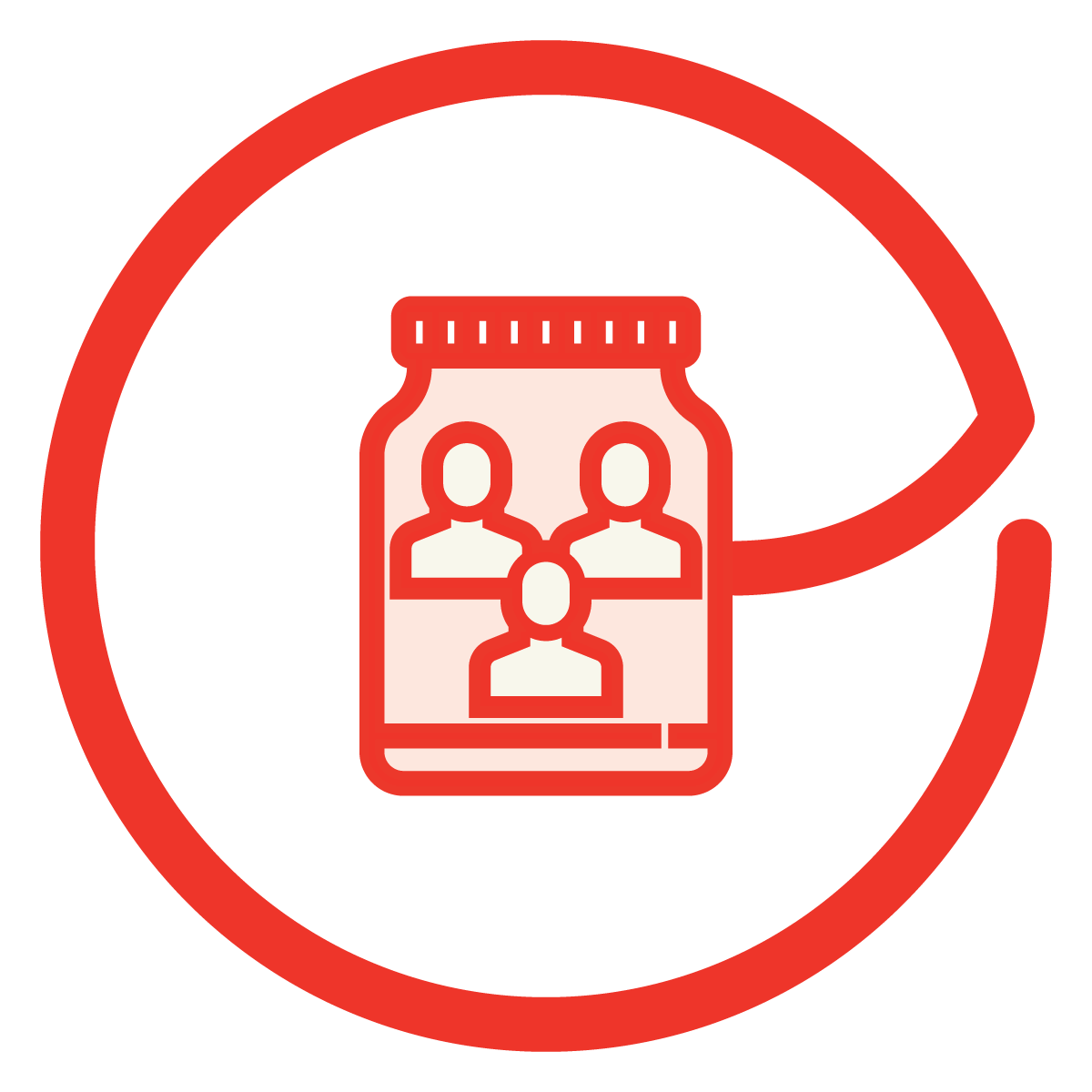
Importance and Risks in Value Creation for SANBS
The healthcare sector is grappling with a severe shortage of skilled professionals, and SANBS is not exempt from this challenge. Securing and retaining a highly specialised workforce with the right leadership and future-oriented skills is critical for us to fulfil our mission and adapt to a dynamic environment.
This talent shortage presents us with several hurdles: ensuring a pipeline of talent through effective succession planning, mitigating the loss of valuable institutional knowledge, and navigating an intensified competition for skilled professionals due to poaching of employees both locally and internationally. Furthermore, accreditation limitations restrict our ability to train new Phlebotomists in our laboratories, and the increasing number of nurses leaving the country further exacerbates the staffing shortage in our blood donation and cellular therapies areas.
Opportunities and Strategic Response to Create Value
Outlook for the Year Ahead
Capitals Impacted
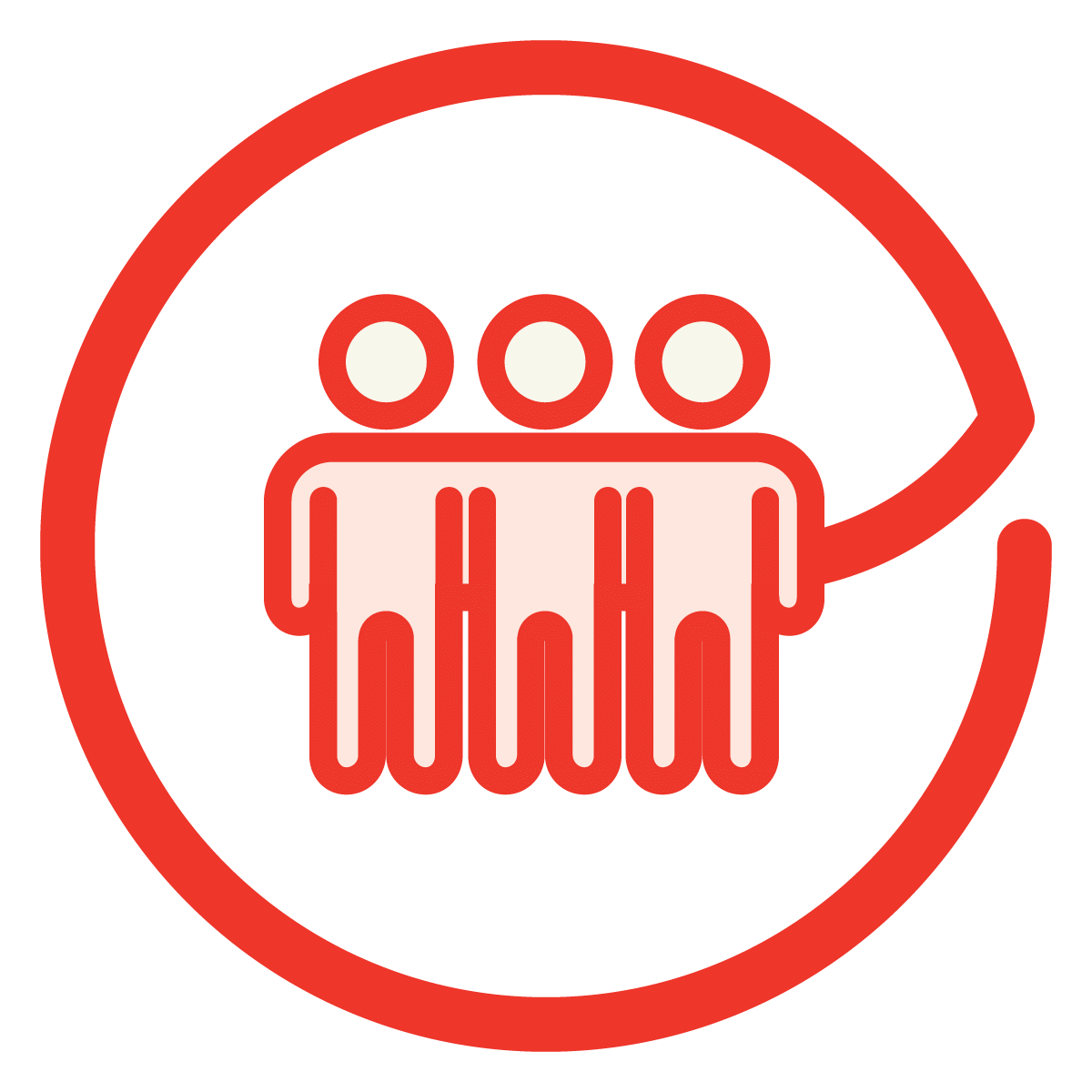
Strategic Priorities


Top Risks
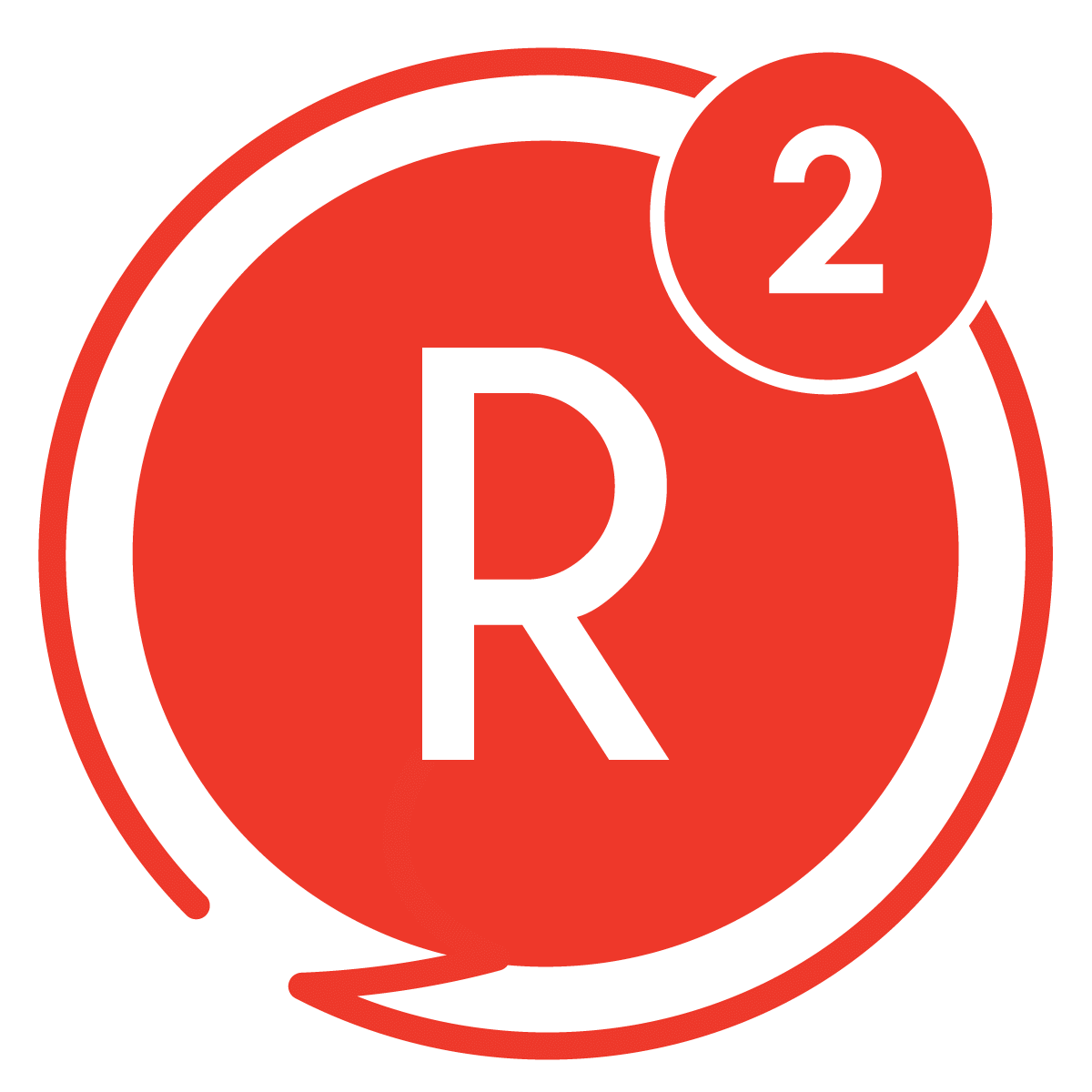
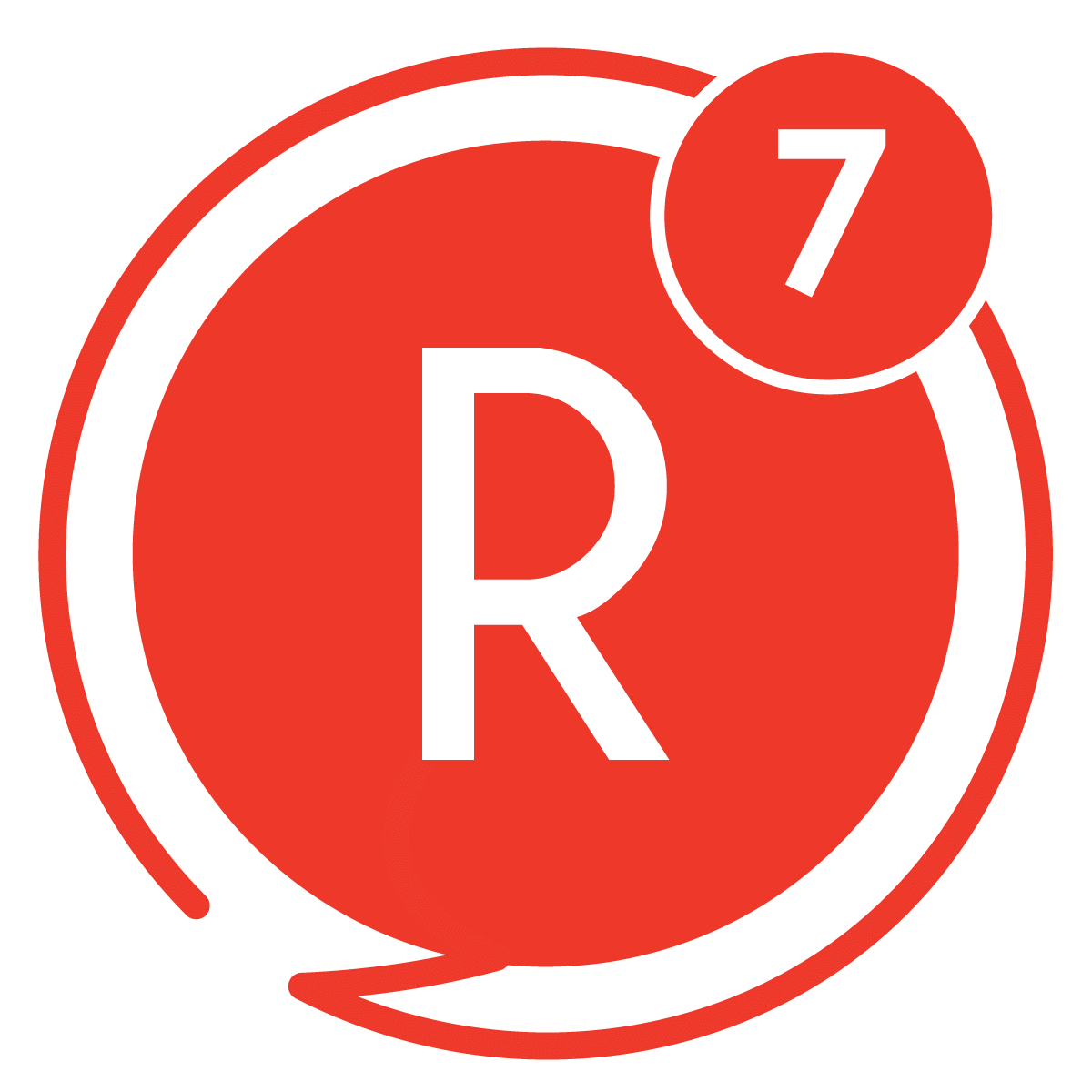
Empowering growth and connection: fostering dialogue, building leaders, nurturing skills, celebrating achievements, and streamlining pathways for future success.
2. Meeting Blood Demand – Blood Products, Group O and Apheresis Platelets
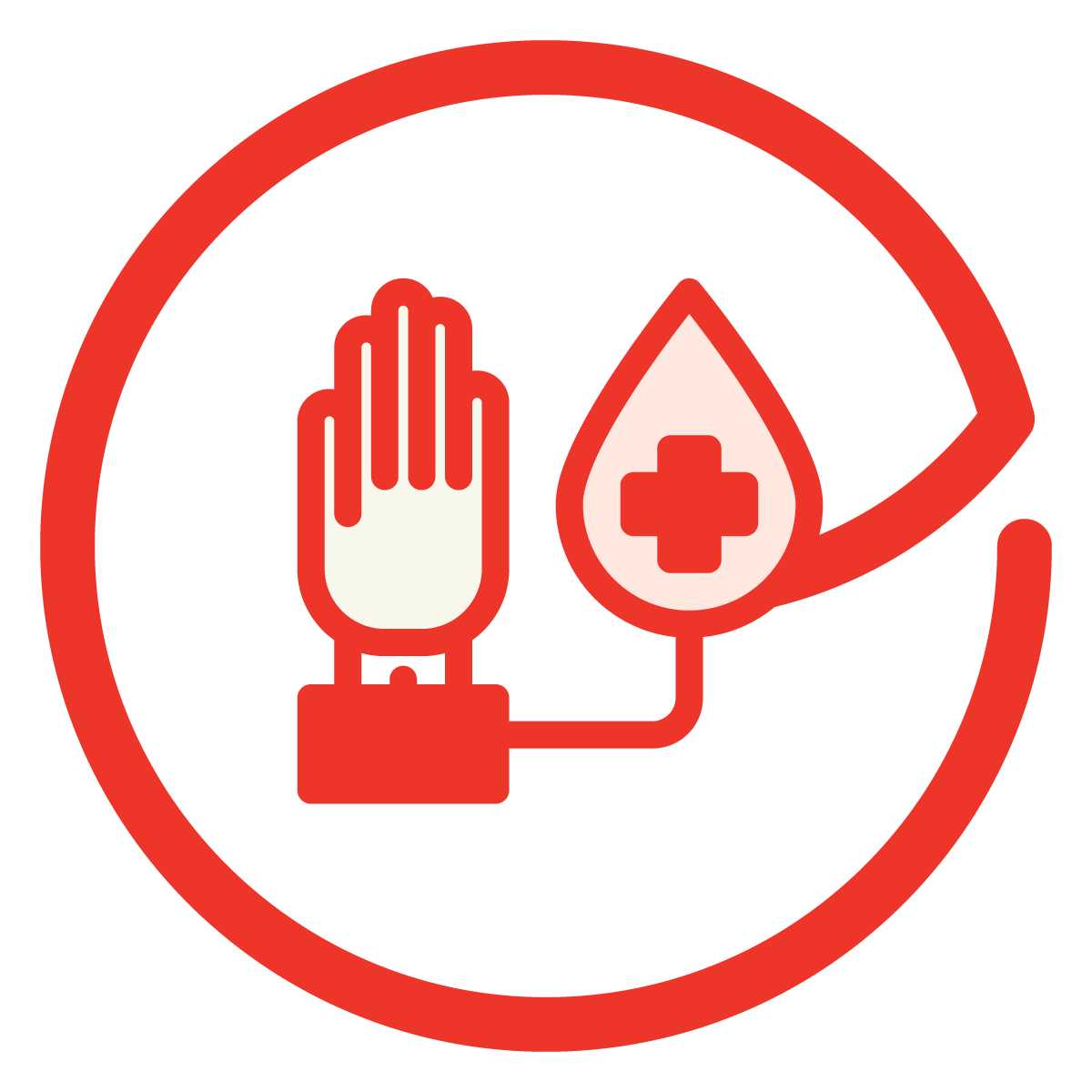
Importance and Risks in Value Creation for SANBS
To fulfil our mission of being ‘Trusted to Save Lives’, SANBS must maintain a safe and adequate blood supply across the provinces we serve. Ensuring a five-day stock level for all blood groups is critical for healthcare delivery, patient care, stakeholder trust, and meeting contractual commitments, while also ensuring financial stability. With less than 1% of South Africans actively donating blood, achieving our daily target of 3,300 units is challenging. Changing donor and patient demographics due to migration exacerbate this issue.
The risk that demand may consistently exceed supply, could be worsened by political and economic instability and disparities between public and private healthcare sectors. Group O and Apheresis platelets face particular pressure due to high emergency demand and donor recruitment challenges. Factors like poverty, unemployment, lifestyle choices, infectious diseases, and iron deficiency further affect donor health and donation rates.
Key risks include blood shortages leading to restricted issues, a shrinking donor base due to safety concerns, shortages of professional nurses impacting blood collection, and challenges in expanding the donor pool due to iron deficiency.
Opportunities and Strategic Response to Create Value
Outlook for the Year Ahead
Capitals Impacted
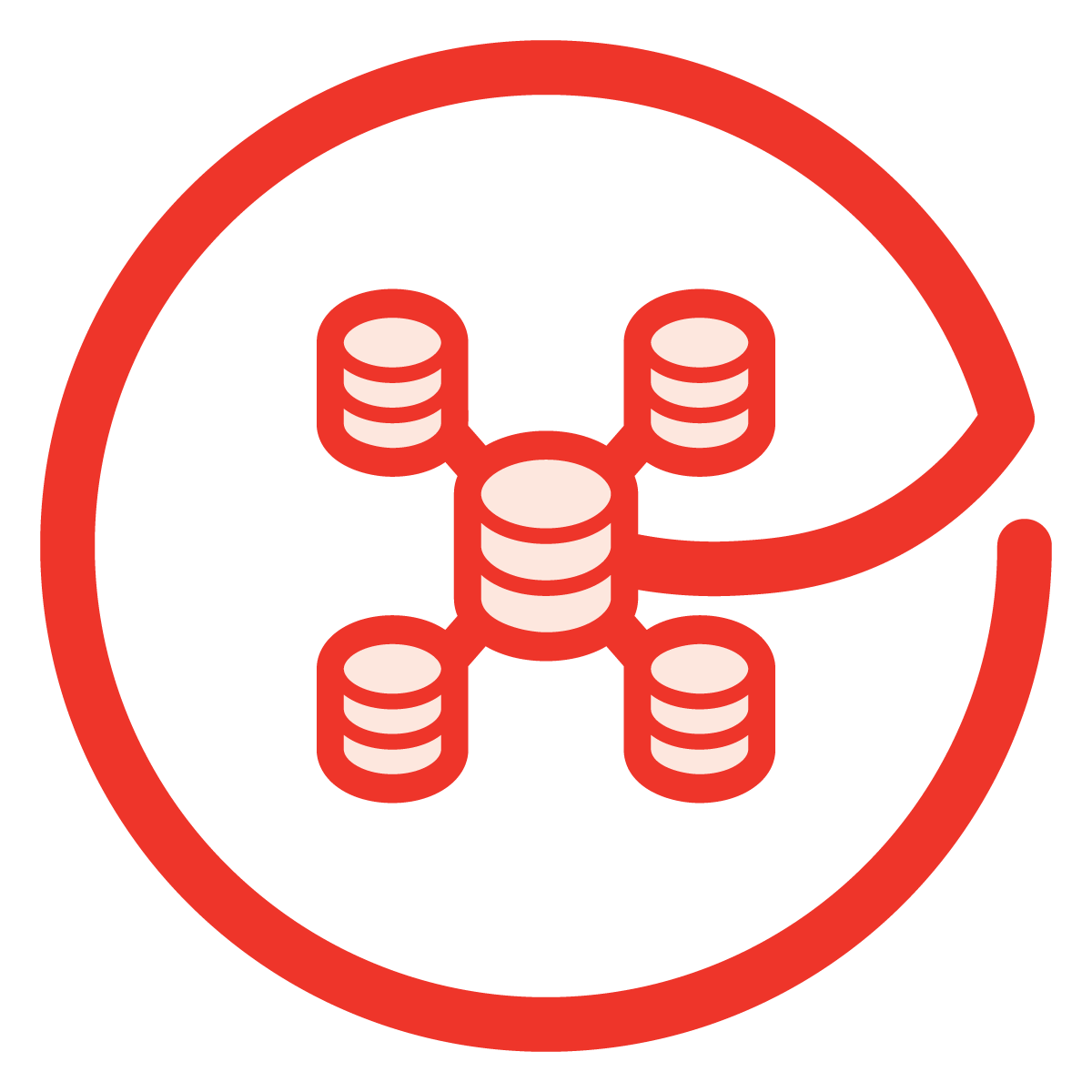
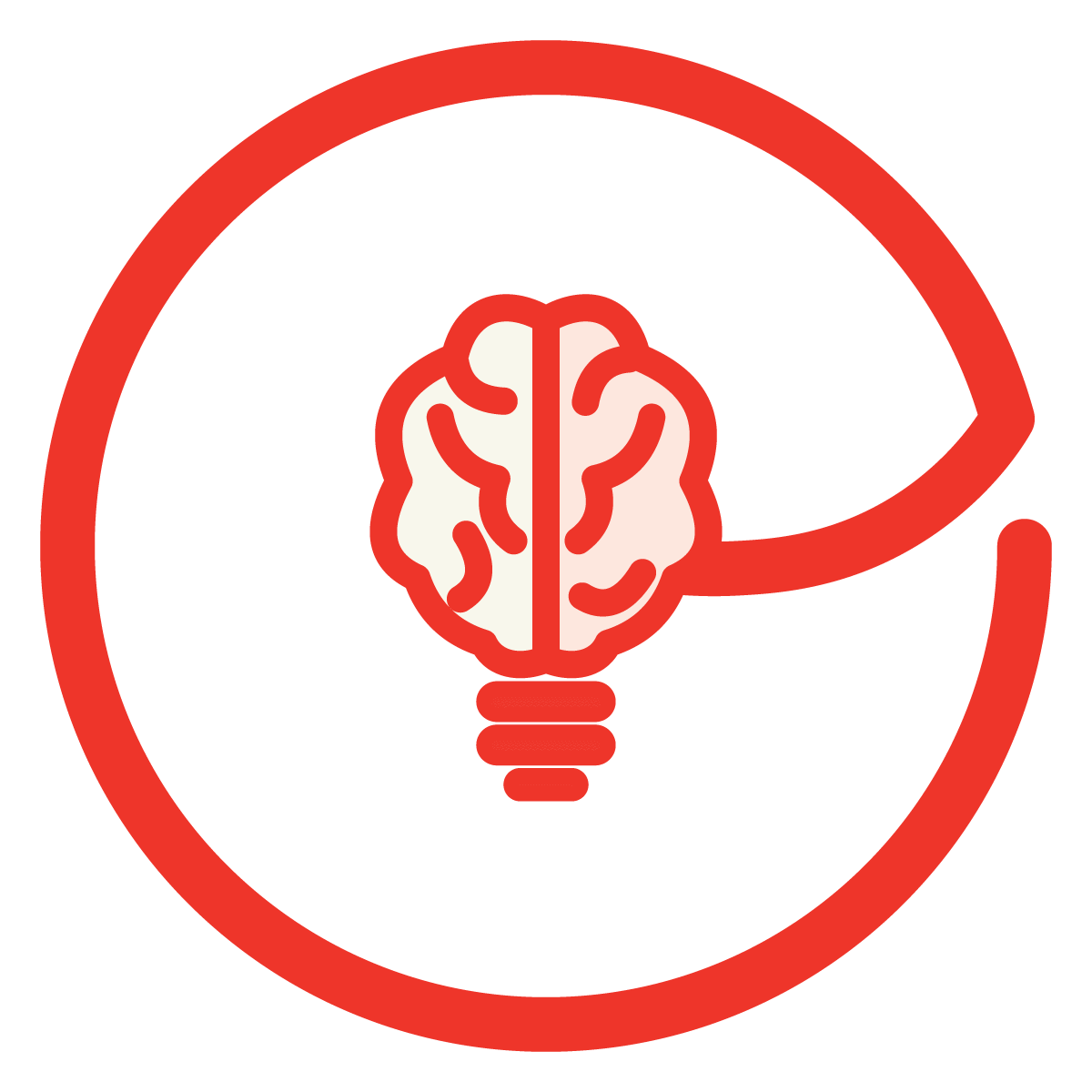
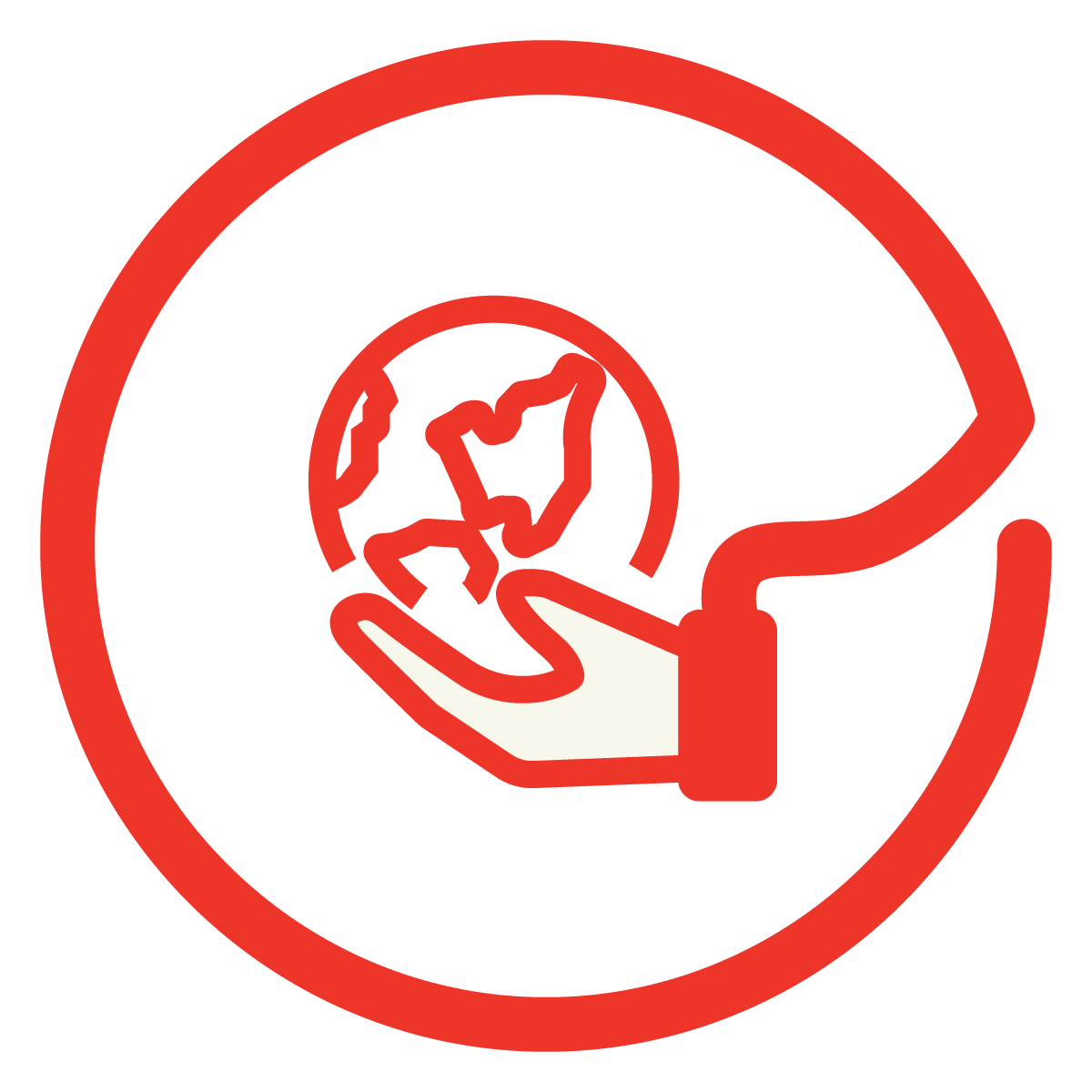
Strategic Priorities



Top Risks







